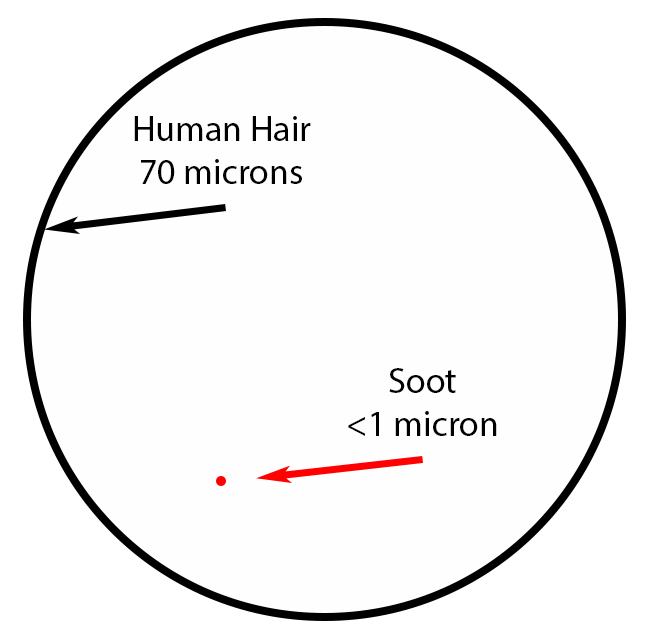What causes black motor oil? And when your oil darkens does it mean it’s time to change it? Well, there are a couple of factors that can cause the former. Let’s dig in.
Factors That Cause Black Motor Oil
Heat cycles naturally darken motor oil.
During your drive to work in the morning, your engine reaches normal operating temperature (typically 195°F–220°F [90°C–104°C]), heating the motor oil. Then the oil cools while your car sits in the parking lot.
During lunch, the oil again is exposed to heat during your drive to the bank or home center. The process repeats on the way home. And the next day. And the next.
These “heat cycles” continually expose the oil to high heat, which naturally darkens motor oil.
Some additives in motor oil are more susceptible to darkening in the presence of heat than others. In addition, normal oxidation can darken oil, too. Oxidation occurs when oxygen molecules interact with oil molecules and cause chemical breakdown, just like how oxygen causes a cut apple to brown or iron to rust. High heat accelerates oxidation.
Deposits Can Lead to Black Motor Oil
The motor oil contacts nearly everything inside the engine during operation, including deposits that may have formed on engine parts. Since carbon deposits are usually black in color, it won’t take long for the oil to turn black if there are deposits inside the engine.
Soot Causes Oil to Turn Black
While heat cycles cause oil to darken, soot causes oil to turn black. Most people associate soot with diesel engines, but gasoline engines can produce soot as well, particularly modern gasoline-direct-injection engines.
Soot is a byproduct of incomplete combustion. Since soot particles are less than one micron in size, they typically don’t cause engine wear. For comparison, a human hair is roughly 70 microns in diameter.

If soot particles agglomerate into larger wear-causing contaminants, the oil filter will catch them. Sometimes people who use bypass filtration systems, which can filter contaminants down to two microns, express surprise that the motor oil is still black.
Soot, however, can still elude filtration down to two microns. Any finer filtration and the filter could catch dissolved additives in the motor oil.
Oil Myth: Oil Color Indicates When it’s Time for an Oil Change
It’s common to assume that black motor oil has worn out or become too saturated with contaminants to protect your engine and requires changing. Not necessarily. As we saw, discoloration is a natural byproduct of heat and soot particles, which are too small to wear out your engine.
Oil darkness is not an indication of the condition of the oil itself. The detergents and dispersants in the oil are what causes it to darken as it is doing its job in cleaning the engine and carrying particulates to the oil filter.
The only surefire way to determine if the oil has reached the end of its service life is to perform oil analysis. Chemically analyzing an oil sample reveals the condition of the oil, the presence of contaminants, fuel dilution and so on. Several companies offer oil analysis services, including Oil Analyzers INC.
Absent oil analysis, it’s best to follow the oil-change recommendation given in your vehicle owner’s manual or by the motor oil manufacturer. The recommended service intervals for AMSOIL products, for example, are based on thousands of data points spanning years of use.
It’s best to trust the data, not your eye, in this case. Otherwise, changing the oil could amount to throwing away good oil.
Why is My Oil Still Dark in Color After Installing an AMSOIL Bypass Filter?
If your diesel engine is equipped with exhaust gas recirculation (EGR), the soot in your exhaust is reintroduced into the engine’s intake and soot particles are constantly being put back into your combustion chamber and making their way into your oil. The average full-flow oil filter can efficiently remove wear particles 20 microns in size and larger, and while an AMSOIL Bypass Filter can efficiently remove particles down to 2 microns, it cannot capture all the soot particles smaller than 2 microns.
These small soot particles have a coloring effect that can turn your oil dark. The good news is AMSOIL synthetic diesel oils have high dispersant additives that effectively keep these small soot contaminants in suspension, preventing them from agglomerating and forming larger, wear-causing contaminants.





